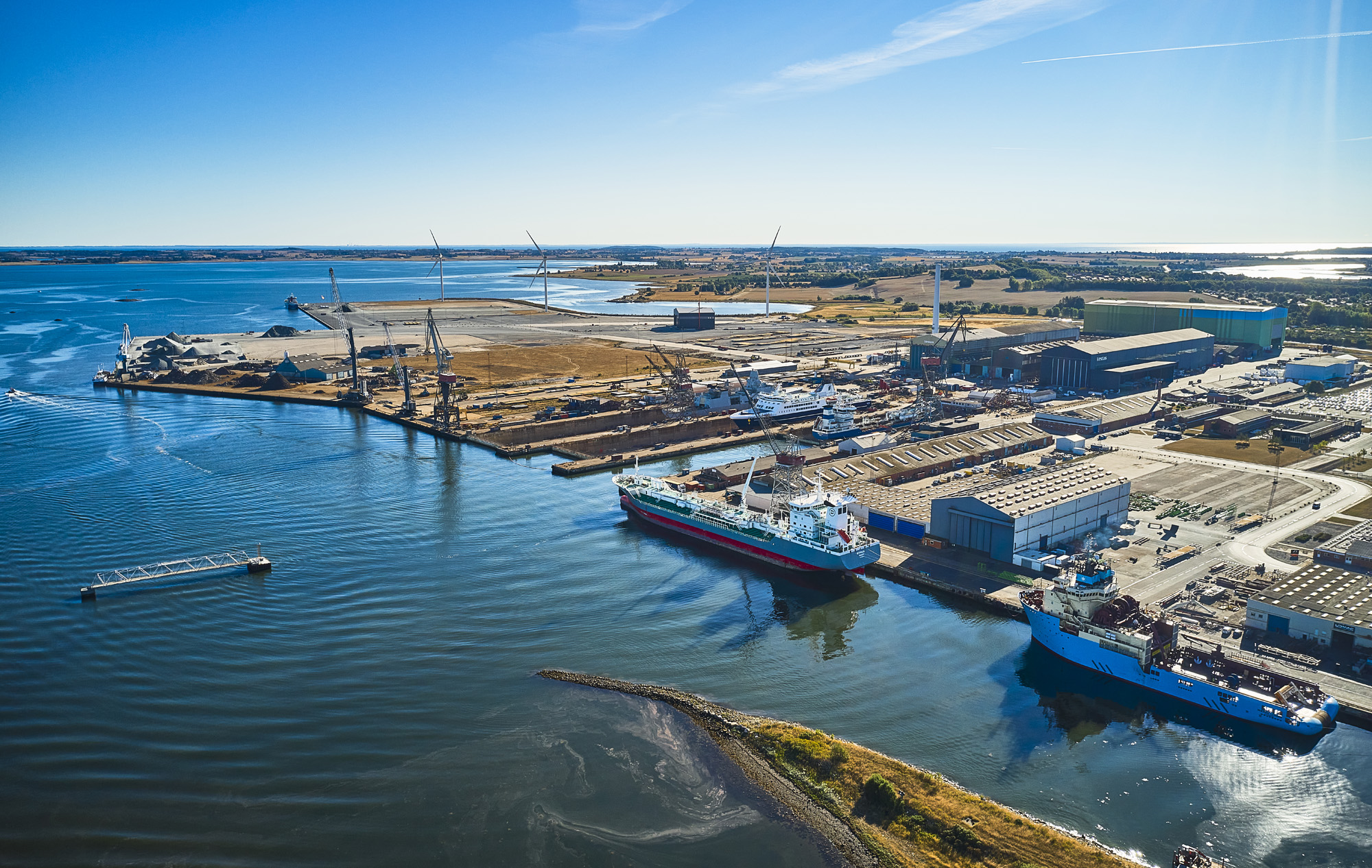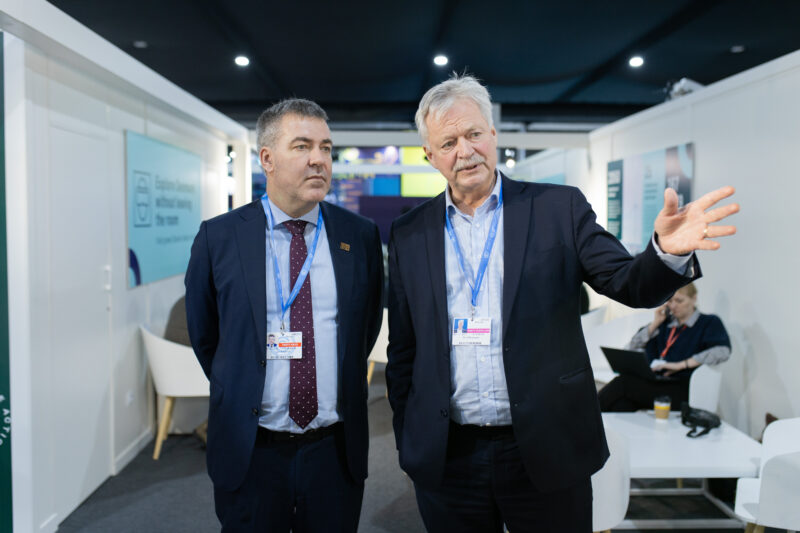Amongst Europe’s first movers on commercial-scale CO2 storage, the Danish CCS sector can play a significant role in mitigating climate change. Denmark’s total subsoil storage potential is estimated between 12 and 22 billion tonnes of CO2, which is 400-700 times greater than Denmark’s total annual CO2 emissions at current levels.
With the potential being largely offshore, the Danish part of the North Sea is a prime location for CO2 storage for industrial clusters across Europe. In contributing to the EU’s goal of climate neutrality by 2050, an estimated 550 million tonnes of CO2 need to be captured per year, with up to 300 million tonnes of CO2 expected to be stored. In the draft of the Net-Zero Industry Act (NZIA), the European Commission has set a target of 50 million tonnes of annual CO2 storage capacity by 2030.
Collaborative efforts to unleash CCUS ambitions
Danish shipowners are ready to play a crucial role in the capture, storage, and, most importantly, transportation of CO2, thus contributing to the ambitions of making Denmark a hub for CO2 storage. In this regard, Danish competencies are well-placed to handle the transportation of CO2 as well as servicing the fields designated for storage.
With adequate political support and widespread acceptance, Denmark has the potential to make significant strides in global CO2 reductions through carbon capture, while comprising the maritime capabilities for transportation. Additionally, there is optimism in terms of the continuous technological advancements in carbon utilisation, as the industry is expected to emerge as a significant part of achieving the 2050 net zero target. To achieve a reduction of at least 3.2 million tonnes of CO2 emissions by 2030, the Danish Government is accelerating the development of carbon capture and storage (CCS) technology. This commitment is demonstrated by the government’s novel proposal, which outlines a structured plan for CCS tenders with a substantial budget of EUR 3.59 billion (DKK 27 billion).
This significant investment has been divided into two sizeable allocations, with each aiming to capture a minimum of 0.9 million tonnes, and up to 1.4 million tonnes of carbon annually. To foster alignment of interests, the proposal includes a provision for a 20 percent state ownership stake in future storage licenses. This approach creates a close tie-up between public and private stakeholders, ensuring that the implementation of CCS activities benefits society at large.
In the wake of recent developments in CO2 taxes, the commercialisation of the market is coming closer. With the potential to play a key role in establishing a cost-effective CCUS market, the maritime industry can play a vital role throughout the value chain.


















